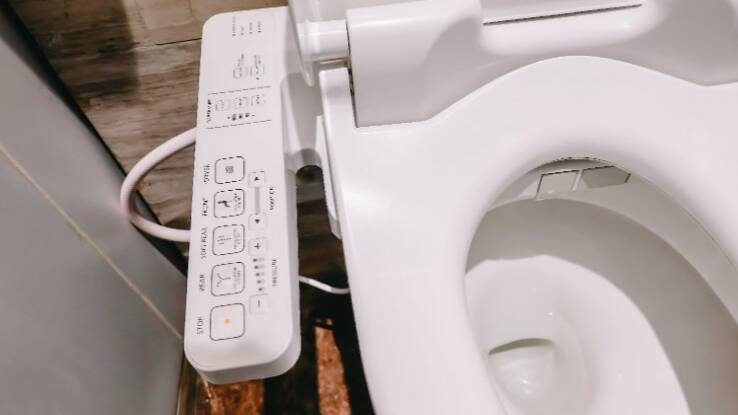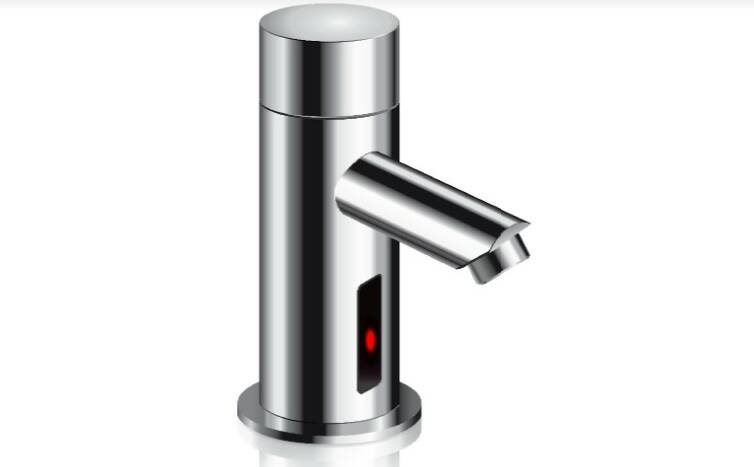3 plumbing features for a safe and functional home for senior citizens

This is branded content.
Senior citizens form a large percentage of the population, with most states defining them as those above 65 years of age. As you grow old, your body will likely lose some of its strength and immunity and even develop diseases that come with old age, like arthritis. In some cases, seniors struggle to live independently; some seek the services of caregivers.
As a homeowner who's about to start living with an aged relative, there are aspects in your home you must change to accommodate them. One such aspect is plumbing. The aim is to find a balance between safety and functionality. Are you wondering how to go about this? Worry not; this article will guide you by highlighting the plumbing features you should adopt. Read on!
1 Customised toilet
The toilet is a much-used plumbing feature in any household; your senior citizen will also be using the same during their stay. Most standard toilet designs are approximately 38 centimetres from the ground. This height may not be suitable for senior citizens. They'll likely find sitting or getting up challenging due to aching joints, with some falling during the process.
To avoid falls when using the toilet, consider buying toilets with a height of approximately 46 centimetres. This height prevents the struggle of sitting and getting up. Also, consider installing grab bars or rails near the toilet for ease of getting up or sitting. Since most of these toilets and installations don't come cheap, consider finding plumbers with seniors discounts. With them, you'll likely pay less for installation, reducing the overall cost.
Once you use the toilet, there's a need to clean yourself but some senior citizens might find this challenging due to weak bones or shaking hands. To make it easier for them you could install a bidet. In most cases, water jetting out of bidets tends to be cold, a feature that's not conducive for the aged. Consider adding a smart system that lets you control the temperature of the water coming out of your bidet. You don't want your senior citizen to suffer from the cold or have a heart-attack!
2 Walk-in bathroom
A bathroom has many plumbing features, from sinks to shower heads to bathtubs. Each of these has different designs that, in one way or another, impact accessibility to your senior citizen. For instance, most bathrooms have a raised or lower floor than the adjacent room. Therefore, you must take a step to get into the bathroom. This step is often the cause of accidents through falls and hits, which can become quite frequent for senior citizens.
For this reason, consider eliminating the said step to the entry of your bathroom. Instead, adopt a walk-in bathroom where the floor level is similar to that of the adjacent room. This way, your senior loved one doesn't have to struggle to get into your bathroom.
Today, most homes have adopted bathtubs intending to move with the trends. Although beneficial, a bathtub isn't safe for senior citizens. They might find getting into and out of the tub challenging. A missed step could cause them to fall which can be catastrophic. To avoid this, get rid of the bathtub or install it in a bathroom your senior citizen won't be using.

3 High-tech faucets
Your home is filled with many taps that give you access to water. You may have them in your bathroom, kitchen, and even corridor. Most faucets fixed at home tend to have a turning knob. Turning this knob is often a non-issue for most, if not all, of your household members. However, the same can't be said for senior citizens.
Due to weak bones or arthritis, turning a knob can be challenging for seniors. Consider installing contactless or sensor faucets to enable them to access water from your taps. These taps don't require turning; all they will need to do is place their hands below the faucet, and water will flow automatically. You can even add water temperature control to this system. This way, your senior citizen can always use warm or hot water to clean their hands; you want to give as much comfort as possible.
Conclusion
Ensuring a safe and functional home for your senior citizen doesn't have to be daunting. The discussion above highlights how you can secure their comfort level through your plumbing features. By implementing these features in your home you can reduce your worries about the safety of your senior citizens or if your home will meet their needs efficiently.


